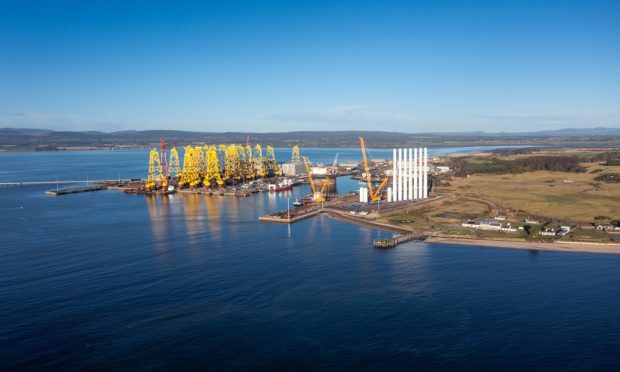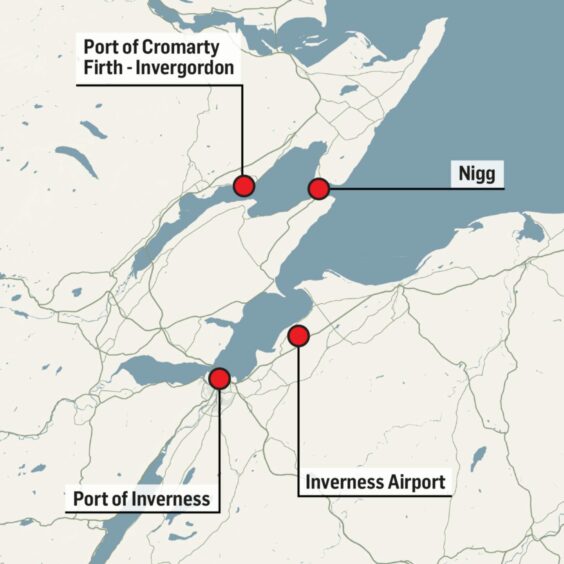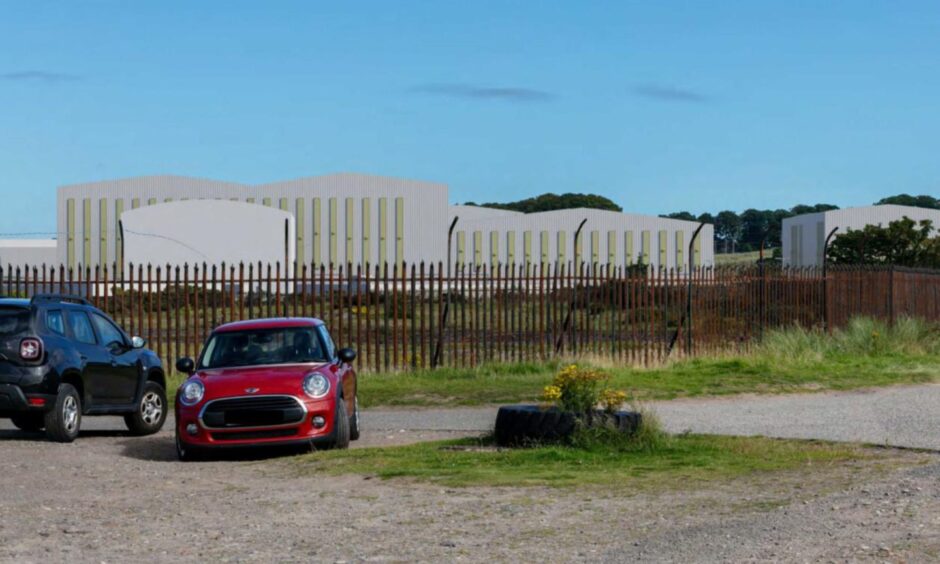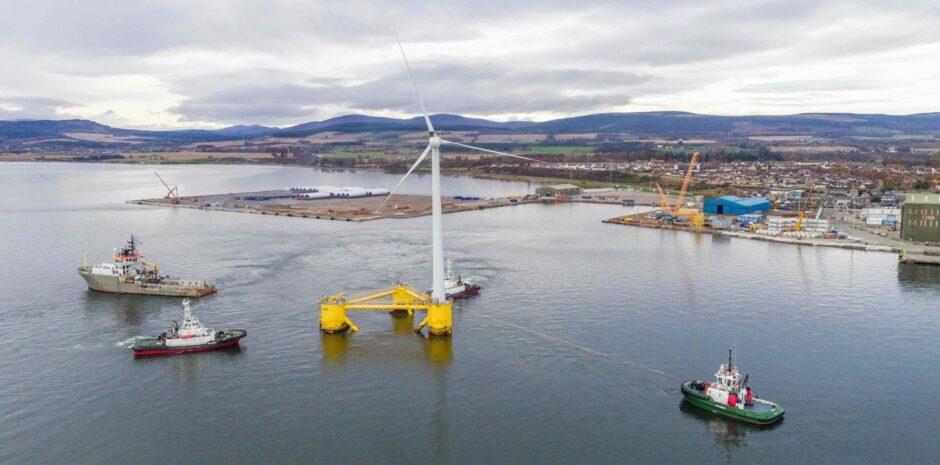The establishment of the tax sites for Inverness and Cromarty Firth Green Freeport (ICFGF) has been welcomed.
Today marks the end of the UK legislative process confirming the special tax sites for the green freeport.
The organisation’s chief executive, Calum MacPherson, said the move would make the Scottish Highlands a focus of attention from the renewable energy industry around the world, helping bring transformational and lasting benefits to the region.
ICFGF has predicted the special tax status will deliver more than 10,000 new jobs and a £3 billion-plus economic boost for the Highlands.
Announcement ‘critical milestone’
The legislation passed at Westminster, and the corresponding legislation in Holyrood, means operators and business at locations totalling around 520 hectares will be able to benefit from a package of tax benefits and other incentives.
The sites include areas on the shores of the Cromarty Firth, in Inverness and at Ardersier.
Mr MacPherson said: “Today’s announcement is a critical milestone in the journey towards the establishment of the Inverness and Cromarty Firth Green Freeport.
“Coupled with the confirmation in last month’s budget that tax site status has been extended from five to 10 years, it is fantastic news for the Highlands and Islands, Scotland and the wider UK.
“Together, our tax sites, totalling around 520 hectares, amount to the largest green engineering development site in the UK.
“The incentives available will attract world-wide interest and help realise the region’s potential to become the largest European hub for the development of the offshore wind industry and associated renewable energy technologies.”
Attracting interest from across the globe
Mr MacPherson said he believed the green freeport was already helping make the area the focus of attention for the international renewables industry.
In February Japan-based Sumitomo committed to building a new high voltage cable plant at Pitcalzean, adjacent to the Port of Nigg, after a cash injection of £24.5 million was approved by the Scottish Government.
The new factory is expected to create around 330 jobs over the next 10 years. 265 of which will be in the Highlands, with 156 “well paid manufacturing jobs on site”.
The 57,000 sq m facility will produce high voltage cables for offshore wind projects.
Mr MacPherson continued: “There are currently 20 offshore wind farm developments, representing a combined investment of almost £30bn, being planned, with many of them close to the east coast of the Highlands.
“Green freeport status for the area, which has been supported from the outset by the green energy industry, gives us the opportunity to maximise the lasting benefit to the region from that unprecedented opportunity.”
‘Four years of hard work’
Whilst today means the tax benefits within the tax sites become live, a final business case submission is still required.
This is expected to be presented to The Highland Council in the coming weeks. It will then be submitted to the Scottish and UK Governments.
Joanne Allday, PoCF strategy and business development manager, said: “The Port of Cromarty Firth is excited that this major milestone in the Inverness and Cromarty Firth Green Freeport has been achieved and will enable further investment in our region.
“It is the result of more than four years of hard work and collaborations across the private and public sector and is a vital step towards the establishment of the Cromarty Firth as a green energy superhub, bringing thousands of quality jobs and billions of pounds of inward investment to the area.
“We look forward to working with developers and other strategic partners to turn this vision into a reality.”
Former airfield primed for development
One site to have found a new lease of life within the green freeport zone is Highlands Deephaven, a former base for the RAF and Royal Navy.
Highland Deephaven, on the Cromarty Firth, began its life as a military airfield before becoming a strategic location within Inverness and Cromarty Firth Green Freeport.
With special tax site status its owners say the site is primed for development – giving renewables businesses entering the north of Scotland unrivalled opportunities for growth.
Mary Bowman, associate director at Highland Rural, which manages the site, said: “A large majority of our 468-acre site remains undeveloped, providing a unique prospect for businesses within the Inverness and Cromarty Firth Green Freeport zone – allowing them to enter the region and take advantage of tax benefits and centres of innovation, while creating the specific infrastructure they need to thrive.”
Originally known as Novar Airfield and then Evanton Airfield, the site opened as an airbase in 1922, working in conjunction with the naval fleet at Invergordon.
In operation until the 1950s, the airfield saw many uses – including landing naval aircraft from nearby fleet vessels, training pilots and gunners for the Second World War, and aircraft storage and repair.
Officially closing in 1956 after being leased to the US Air Force for its final year, the site was purchased by Highland Resources, Inc. (then part of Brown & Root) in the 1960s during the UK’s first licensing round for oil and gas exploration in the North Sea.



